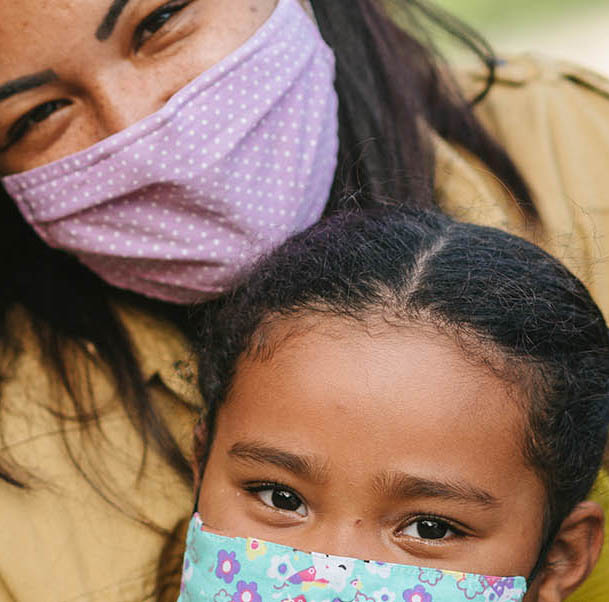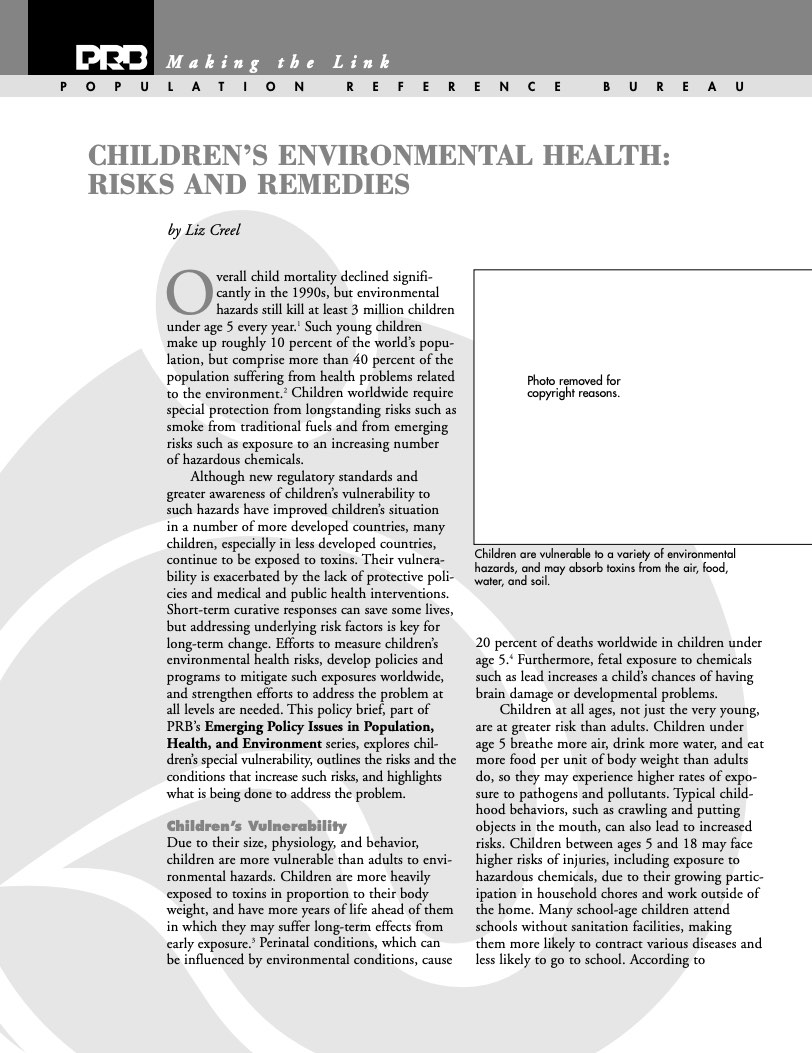497 Search Results Found For : "Low-priced"
Project: Appalachia: Demographic and Socioeconomic Trends
Low Education Levels and Unemployment Linked in Appalachia
In 218 of 420 Appalachian counties, the share of working-age adults (ages 25 to 64) with at least a bachelor's degree failed to reach more than half the national average of 30 percent, according to The Appalachian Region: A Data Overview From the 2006-2010 American Community Survey, a 2012 Appalachian Regional Commission report prepared by the Population Reference Bureau.
Without My Consent — Women and HIV-Related Stigma in India
(2003) Both are voices of women in Delhi, but they could be from anywhere in this country of 1 billion people.
The Fred H. Bixby Forum:The World in 2050 (Day 2 Presentations)
(2009) "The World in 2050: A Scientific Investigation of the Impact of Global Population Changes on a Divided Planet" was held in Berkeley, Calif., on Jan. 23 and 24, 2009.
Transitions in World Population
(2004)World population was transformed in the 20th century as technological and social changes brought steep declines in birth rates and death rates around the world. The century began with 1.6 billion people and ended with 6.1 billion, mainly because of unprecedented growth after 1960.
Work-Family Policies and Child Well-Being
(2011) American families have changed dramatically in recent years. More children are living with single parents and more mothers are working. As a result, stay-at-home mothers, once the norm, have become increasingly rare.

Q&A With Patricia Foxen
Dr. Foxen discusses the impact of the coronavirus pandemic on Latino communities, why life expectancy for Latinos is expected to drop by three years, and the challenges in collecting and tracking national and state COVID-19 data by race and ethnicity.

Children’s Environmental Health: Risks and Remedies
(2002) Overall child mortality declined significantly in the 1990s, but environmental hazards still kill at least 3 million children under age 5 every year.1 Such young children make up roughly 10 percent of the world's population, but comprise more than 40 percent of the population suffering from health problems related to the environment.2
